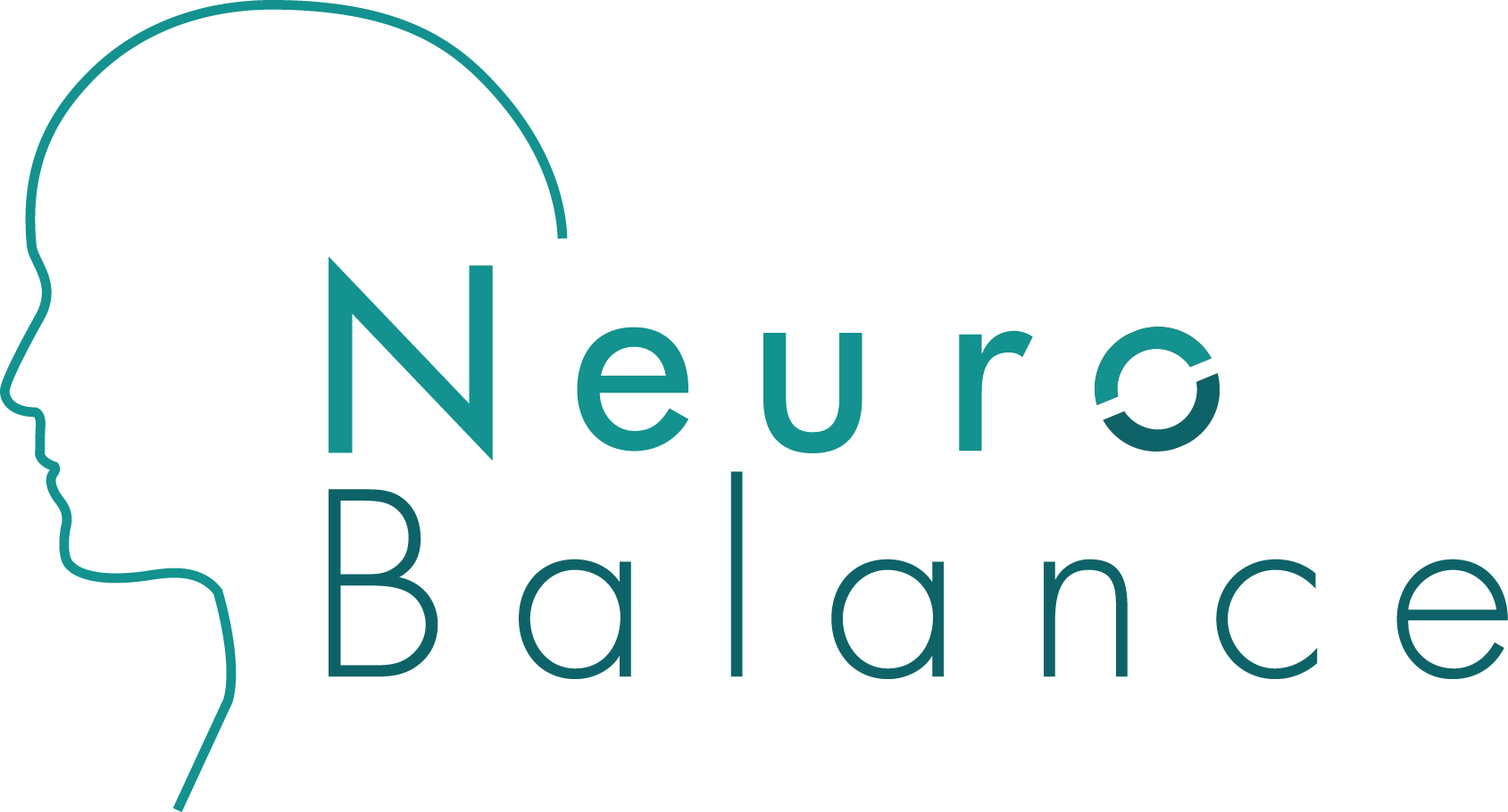ADD/ADHD
The American Academy of Pediatrics has approved neurofeedback and EEG biofeedback therapy as a level 1 (highest) evidenced-based treatment option for children and adolescents suffering from ADHD.
ADHD is the most frequently diagnosed and researched pediatric disorder in the country today. There are approximately 500 studies, papers and reviews along with neuro-imaging dedicated to this neurogenetic condition. According to the Center for Disease Control and Prevention (CDC) there are 11% school aged children (nearly 20% boys) who meet the criteria. (Schwarz and Cohen, et, al, 2013).
The Most Common Indicators
Inability to focus, incomplete schoolwork and tasks at home, easily distracted, impulsive speech and behavior, restlessness, carelessness, forgetfulness, losing important items and going from one activity to another are typical in those who experience ADHD symptoms.
The ADHD Effect
ADHD is primarily an executive function disorder. Deficits effect self-regulation and planning. Children with ADHD have EEG abnormalities that children without don’t. ADHD disrupt three to four neural networks that originate from the prefrontal cortex lobe of the brain, according to research. These show up as higher delta/theta waves (slow impulse control and confusion). Along with lower beta waves (attention, memory processing) and sensory motor rhythms (movement, control).
Today, NeuroBalance is acknowledged as being one of the few in the forefront of this vital new neurotherapy in Los Angeles. NeuroBalance is based just 3 miles outside of Santa Monica.
Treatment Option Limitations
Two of the most accepted treatments are stimulation medication and behavioral therapy, with 70% being prescribed medication. Which often lead to a lifetime of dependency and contribute to worldwide drug use. Sustained benefits are short lived and complications from side effects are commonplace. Yet, the leading ADHD advocacy group, Children and Adults with Attention Deficit Hyperactive Disorder (CHADD) and American Academy of Children Adolescent Psychiatry (AACAP) both recognize these treatments for the vast majority of children.
ADHD Drugs vs NeuroBalance Difference
Medication acts to chemically alter or block the neural pathways to create a temporary desired effect by stimulating certain neurotransmitter production. Although this method helps some of the most severe cases get limited relief, it doesn’t address the issue, only the symptoms. LENS neurofeedback naturally disrupts the pathological brain oscillations, so the brain can retune its waves either high or low to correct these poorly performing synaptic states. In time reducing or sometimes eliminating the need for medication in milder cases.
Neurofeedback Therapy Solution: LENS neurofeedback is now THE first line drug free therapy for ADHD.
It is recommended by pediatricians and professionals across the country because of its growing success. It has a 30 year clinically driven history with many research studies in the area of ADHD. It works well with other therapies too.
NeuroBalance specializes in assisting the body to make natural changes from within to best manage the symptoms experienced in ADHD children, using the LENS technology. Many of our ADHD clients are referred to us by doctors, who think their patients could benefit from an alternative approach to healing.
LENS neurofeedback offers the only natural approach to the limited playing field, by directly addressing the ADHD brainwaves through bioelectrical neuro regulation. Map data shows a reduction of cortical excitability and hyperactivity that maintain after psychostimulants wear off.
Nutritional Support for ADHD
Foods to Avoid:
Sugar – Feeds candida, inflammatory, leaky gut
Gluten – causes intestinal inflammation
Dairy – beta casein A-1 very inflammatory
Refined Carbs – Cereals, pastries
Food Dyes – causes reactions
Nitrites – Bacon, processed meats
Soy – in oils and proteins, high in allergens, inflammatory
Artificial Sweeteners – destroys brain gut connection
Natural Support and Remedy:
Bacopa – nourishes brain and helps focus
Coconut – medium chain fatty acids
Essential Oils – Vetiver, Rosemary, Cedarwood, Lavender
Omega 3’s - Wild Salmon, Mackerel, Tuna, Fish and Cod Liver Oil, Flax Seeds, Chia seeds
Probiotics – soil-based organisms (SBO), Sauerkraut, Keifer etc.
Daily exercise supports positive overall brain activity!
Resources
http://www.helpforadd.com/2014/april.htm
https://www.additudemag.com/neurofeedback-adhd-brain-training/
https://www.pcpasf.com/attention-deficit-hyperactivity-disorder
http://www.neuroregulation.org/article/view/13678
https://www.additudemag.com/neurofeedback-therapy-treat-adhd/
*Disclaimer: NeuroBalance specializes exclusively in the use of LENS technology. LENS neurofeedback is a therapeutic modality only. It is NOT intended to be used to diagnose, treat or cure any specific disease or condition. LENS offers a safe, non-medicinal alternative approach for healing to occur. NeuroBalance assists the body to naturally manage the symptoms associated with many chronic conditions.
